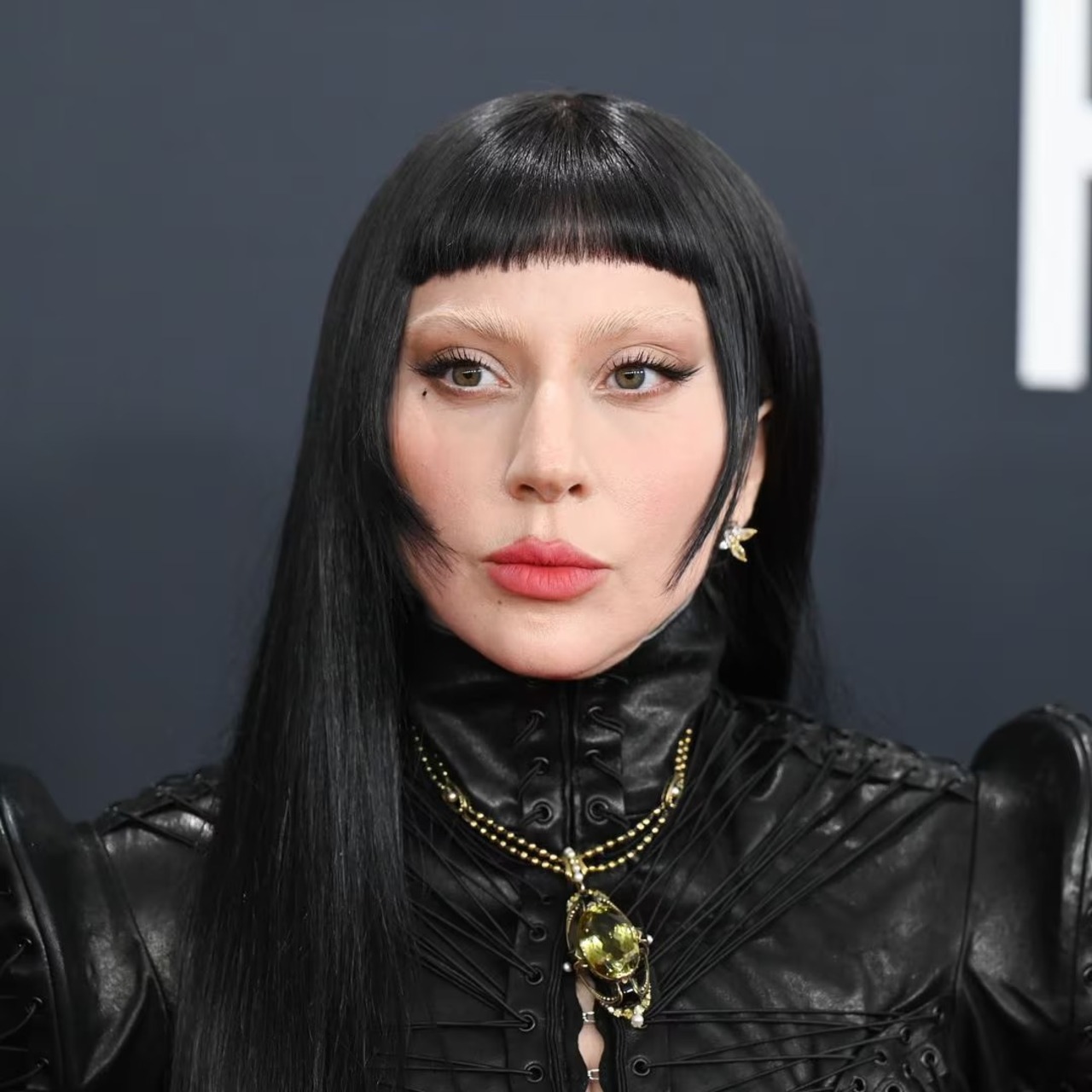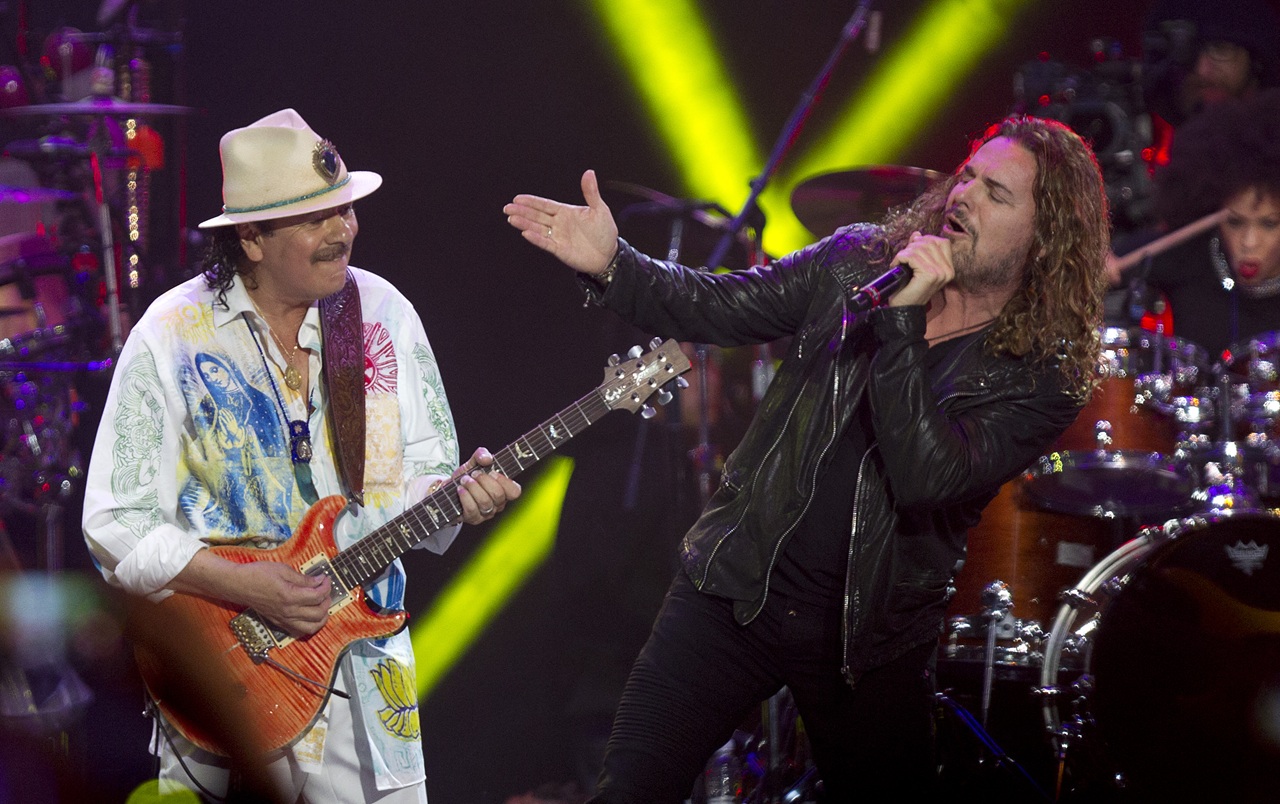
Amílcar: 'There is a meaning buried in the sound'
The Franco-Venezuelan artist emerges from an ellipsis with an EP that explores the links between electronic and Latin music.
The flavor of creamy dawn in a tropical dojo.
This is what the new EP Sleep from Franco-Venezuelan musician Amilcar sounds like. The composer and percussionist's latest work will reach all platforms this February.
Four tracks halfway between lo-fi and chill out with which he seems to take a run from all his previous experience as if he were coming up for air after a long breath. Or like a very long day that finally ends, as can be seen in the video clip.
Almost watery tropical sounds, as if the notes were drops, tinged with that strange satisfaction of the warm dawn that makes the EP pass as fast as a weekend nap.
You can also feel the pause the lockdown meant for the artist, who dedicated these months to support and digest all his previous work. One can appreciate both the influence of the lounge and the chill-out music of At the Lounge (2020) in his new work, as well as his promising beginnings in the new age scene with Vacuuming the Forest (2005).
The lo-fi harmonies and Asian rhythms don't fail to evoke either his experience with yogini Chitra Sukhu on the album of guided meditations for children, Journey into the Universe (2007), or the soundtrack he composed for Nankichi Ni-Imi's play.

Amilcar began very early in the world of music.
At the age of four, he was already playing the melodic, and at six, he started taking singing lessons. As a teenager with hundreds of records, he started a small DJ business at school.
RELATED CONTENT
He later moved to Paris, where he studied Cuban Percussion at the Cité de la Musique, where his love for the instruments that populate Afro-Cuban jazz was born.
Since then, he has experimented in search of his musical identity but also that of his roots in conga, groove, bossa nova, synthesizers, and of course, electronic music.
Fascinated by his eclecticism, the reflections of his songs, and the tasty nuances of the EP, we wanted to ask him a couple of questions:
I think the meeting point between Latino sounds and Electronic music is on the beat, mainly driven by the percussion, which is a fundamental part of most of the songs I compose.
In my early years as a musician, I was composing New Age music with very little percussion. After moving to Paris, I studied a popular Afro-Cuban jazz instrument: the tumbadora or conga at Cité de la Musique, an institution dedicated to music.
I found that the conga gave a vibrational warmth connection with my Latin American roots, and my music style started evolving more rhythmically towards a Jazzy/Lounge/Chill style. On my album At the Lounge (released last year), the conga is definitely present in a lot of songs.











LEAVE A COMMENT: